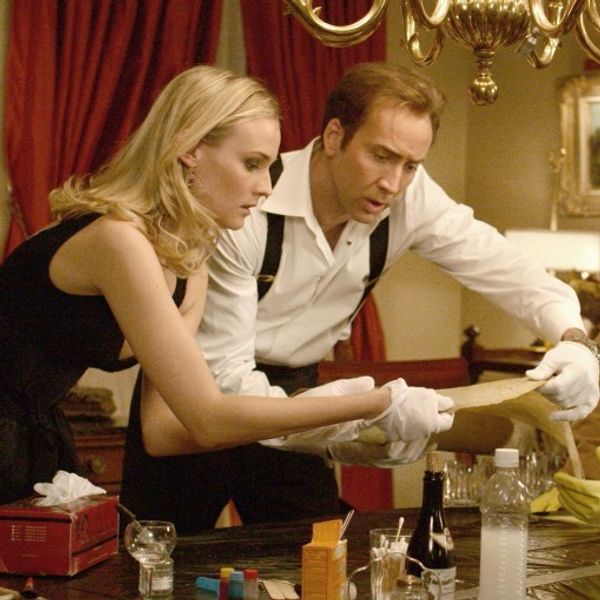The S1H Is Now the First Netflix Approved Mirrorless Camera
The Panasonic LUMIX S1H is not only the first mirrorless camera on Netflix's list of approved cameras, but it's also the most affordable.

Netflix is pretty particular when it comes to the ways in which their original content is captured. In fact, you might be familiar with their long (but somehow, not long enough) list of approved cameras that satisfy their strict resolution and capture requirements, including the format and the color space. And according to Netflix, all cameras need to have a "true 4K UHD sensor (equal to or greater than 3840 photosites wide)."
Well, that really only leaves very expensive top-tier cinema cameras as options for shooting Netflix Originals. Cameras like the ARRI Alexa, the Canon C-series (300 and above), Blackmagic URSA Mini 4.6K, the Sony Venice, and a host of RED shooters have met the stringent requirements thus far.
But Netflix recently added a camera to the list that sticks out like a sore thumb. The S1H.
The S1H: Indie Tested. Netflix Approved
The LUMIX S1H joints the VariCam and EVA1 (among others) as the Panasonic offerings approved to be used in the production of Netflix's original content, making it not only the first mirrorless camera on the list, but also the cheapest...by far.
This is pretty exciting news for those interested in utilizing the "6K legend", which manages to pack so many high-end features into a camera with a $4000 price point, including a 24.2-megapixel full-frame mirrorless MOS sensor, 6K/24p 3:2 recording, dual native ISO, 10-bit 60p 4K/C4K.14, 4:2:2 10-bit HDMI output, and Anamorphic 4:3 modes. It also features V-Log/V-Gamut, which is compatible with the popular colorimetry of the "VariCam Look." In fact, a filmmaker at the August Panasonic LUMIX event back called the S1H the "VariCam Micro" because "it’s a small camera that delivers everything a Varicam does."
What are the Netflix Capture Requirements?
Netflix has made the full list of approved cameras available online, as well as the S1H Camera Production Guide, but here are the individual capture requirements used to determine which cameras can be used, which are listed near the bottom of the page.
Capture Format
- RAW (Sony RAW, REDCODE, Arriraw etc.)
- COMPRESSED (XAVC, AVC-Intra, ProRes, or other I-Frame capable formats)
- Minimum of 16-bit Linear or 10-bit Log processing
- Minimum data-rate of Bitrate of 240 Mbps at 23.98 fps
Capture Transfer Function
- S-Log3, Log-C, V-Log, Log3G10, etc.
Capture Color Space
- S-Gamut3.cine, RED Wide Gamut RGB, Alexa Wide Gamut, etc.
- No looks or color corrections should be baked into the original camera files.
- Files must maintain all metadata (i.e. Tape Name, Timecode, Frame Rate, ISO, WB, etc.).
What Does This Mean for Indie Filmmakers?
Nothing, unless you're gearing up to shoot a Netflix Original, in which case, heck yeah, you can totally use a Panasonic S1H as much as you want without having to worry that you'll go over your 10% allotment of non-Netflix-approved video footage.
I guess I'm being a little reductive. It might actually mean...something to indie filmmakers. I mean, look at what just happened. A tiny, mirrorless camera made it to the "big leagues" and is schmoozing with Hollywood's most popular shooters. (Is the S1H just...completely starstruck by Alexa, or what?)
We got a hint of this when the S1H was released in August and we saw those impressive specs. Many indie filmmakers were excited, and now that a major film studio has added it to its roster of approved cameras, it gives us a little validation that we were right to get excited.
Source: Netflix Studios


















